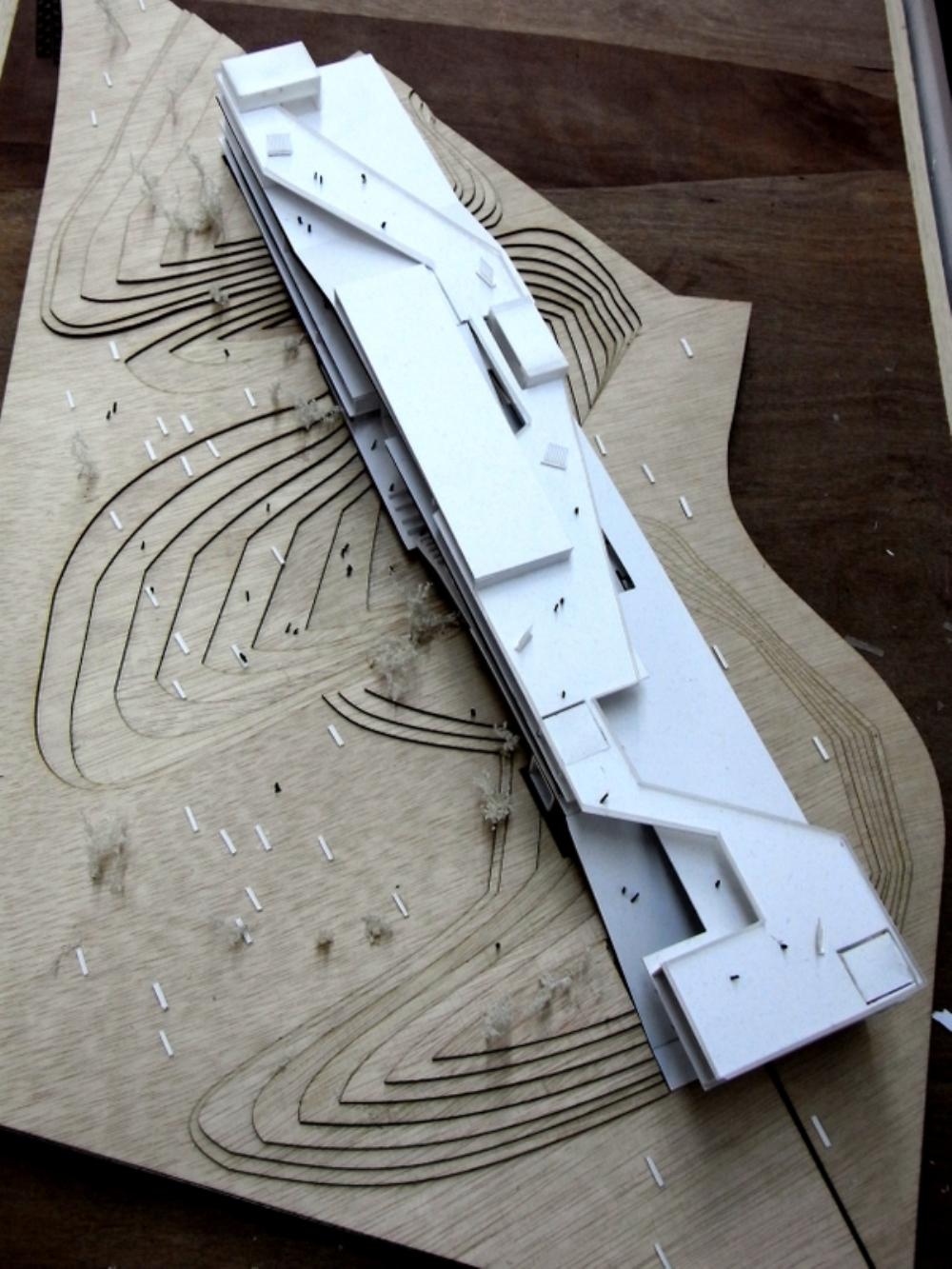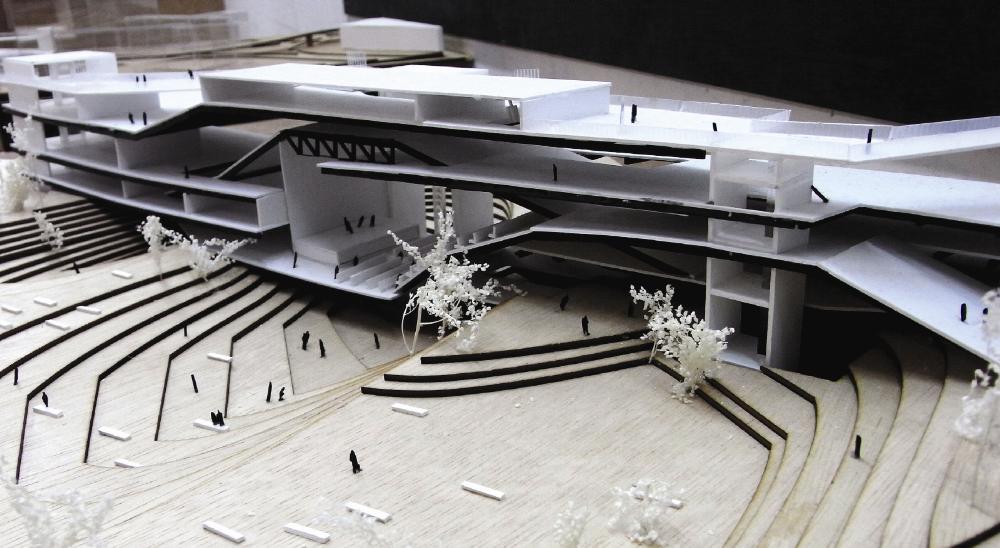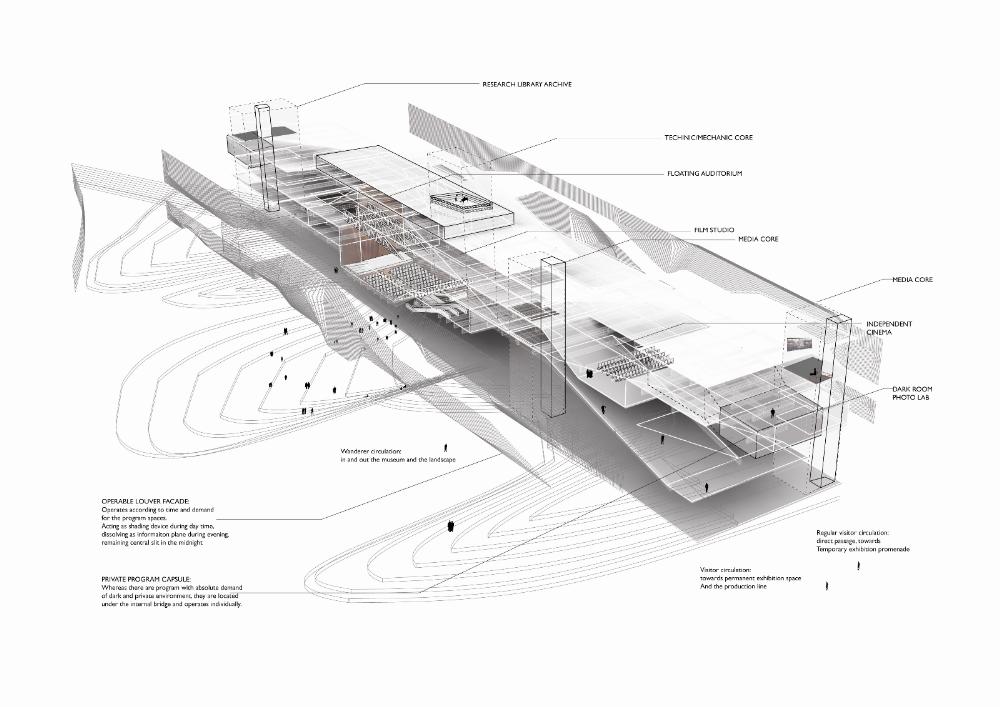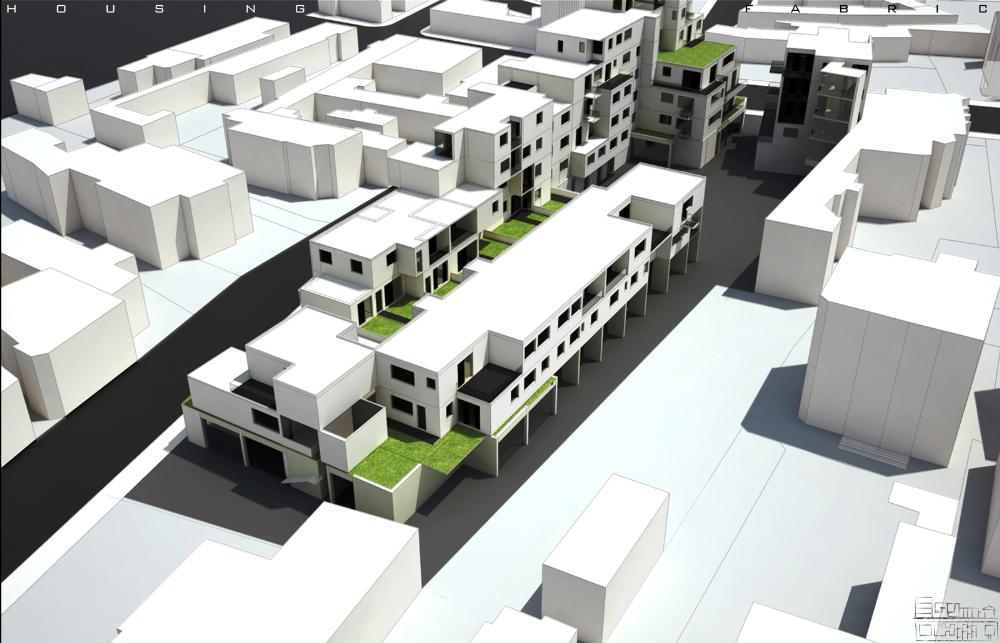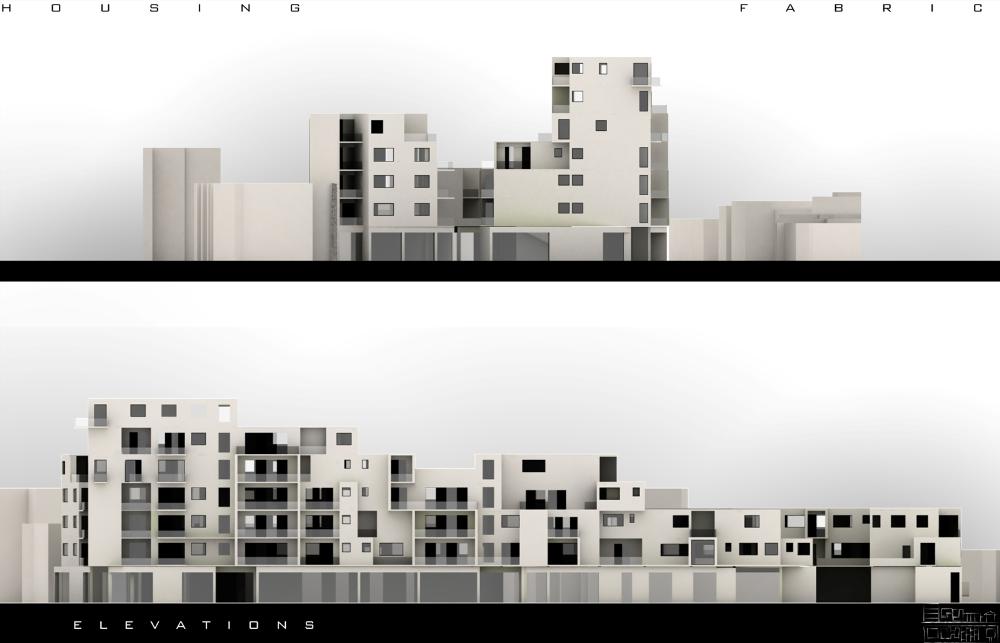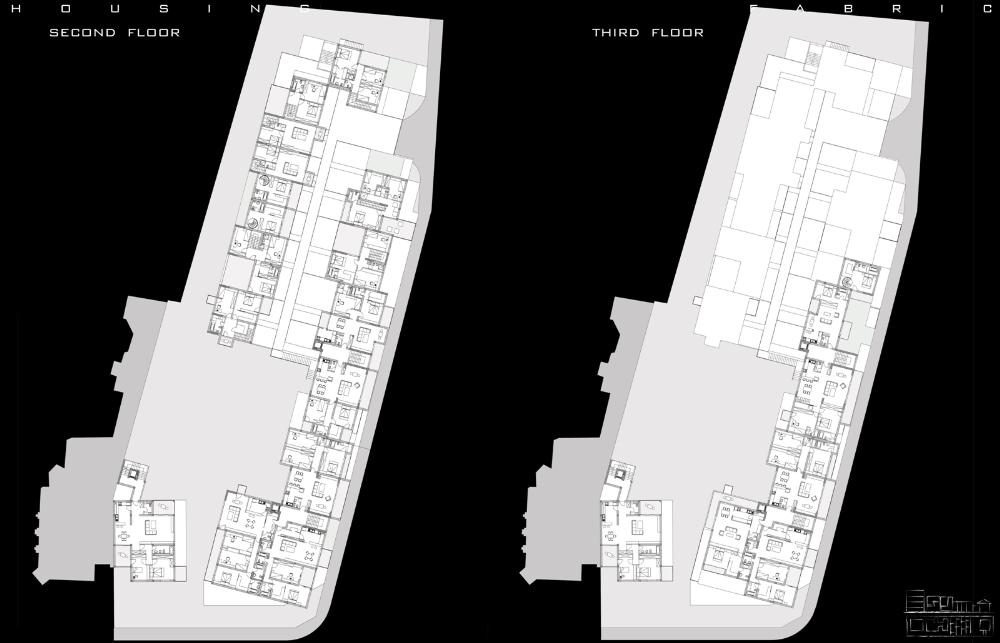

The aerodynamic shape creates a striking focal point.

Tower 185 inmitten der Frankfurter Skyline.

Residential tower is home to more than 300 apartments on 36 floors

Highlight Munich Business Tower.

Restaurant "Les Grandes Tables de L'Ile"
Architecture office on 1024 Paris stands on an island in the Seine
in Paris and is planned as a temporary structure.
Architecture office on 1024 Paris stands on an island in the Seine
in Paris and is planned as a temporary structure.

The facade of Europe's first passive house indoor swimming pool is green © Stadtwerke Bamberg

The facade of the Aqua Towers is characterized by irregularly shaped
Concrete floors, the building a sculptural quality and wave
lends.
Concrete floors, the building a sculptural quality and wave
lends.

The Two Towers © Vienna DC

In 2004, the international architectural competition was held at the new headquarters of the company in favor of the draft CGA CGM by Zaha Hadid.

OMA was aimed not only attributable to a library book
but all forms of media both old and new, as in the
today's information society is the exact localization of
This information is important ...
but all forms of media both old and new, as in the
today's information society is the exact localization of
This information is important ...

The design for a bus stop in the small Spanish town of Casar de Cáceres is an unexpected and exuberant expression of liquid ..































